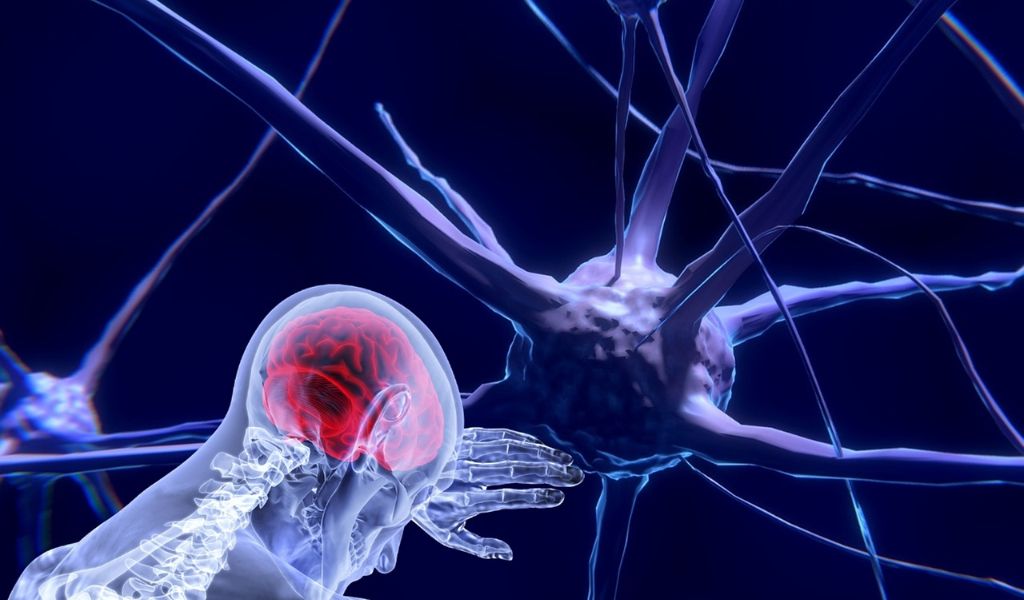Listen to the Podcast:
We all feel pain in our bodies. Sometimes long-lasting. Scientists have now found brainwaves that show how much pain a person is feeling.
The results of the study can help come up with new ways to treat people who are in a lot of pain. The study was published in the journal Nature Neuroscience. The Guardian reported on it.
Prasad Shirvalkar, a neurologist at the University of California, San Francisco, and the project’s lead researcher, said, “What we’ve learned is that chronic pain can be successfully tracked and predicted in the real world, while patients are walking the dog, at home, when they wake up in the morning, and when they are going about their lives.” The Guardian used his words.
The news source said that in the UK alone, there was a silent epidemic in which 28 million people were in constant pain.
The Study
Shirvalkar and his colleagues inserted electrodes in four people who had very bad chronic pain for their study. Researchers were able to measure activity in two parts of the brain, the anterior cingulate cortex (ACC) and the orbitofrontal cortex (OFC), with the help of these devices.
A few times a day, the workers were asked to fill out short surveys. The polls asked how bad and what kind of pain they were having. Then, the researchers took pictures of their brain activity. Scientists found that they could use survey answers and brain recordings to teach an algorithm to predict pain based on signals in the OFC region of the brain.
Shirvalkar said, “We’ve come up with an objective biomarker for that kind of pain.”
Shirvalkar said, “Chronic pain is not just a longer version of acute pain; it is very different in the brain.” “As we learn more about this, we hope to be able to use the information to create individualized brain stimulation therapies for the worst kinds of pain.”
The Guardian said what he said.
Prof. Blair Smith told The Guardian, “If this research is successful and kept going, it gives us the chance to not only find an objective way to measure some kinds of pain, but also to learn more about how the body works.”








































